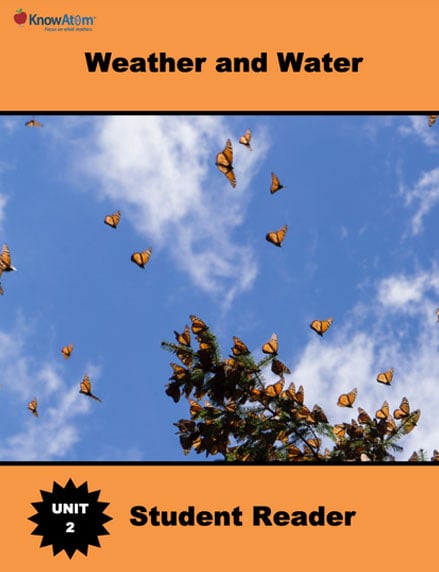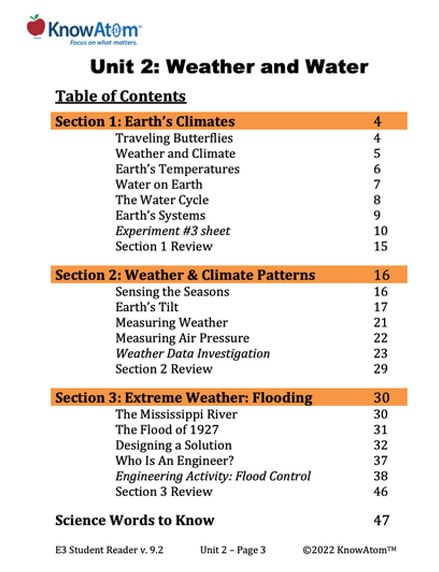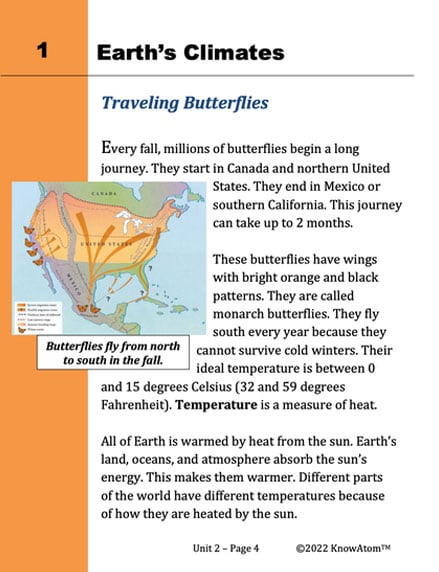The Flood of 1927
In 1927, the Mississippi River flooded. A flood is an event that occurs when water overflows onto land that is normally dry. A floodplain is an area of land next to a stream or river that floods easily.
The flood of 1927 was the most destructive river flood in the history of the United States. This flood was caused by heavy rains. These rains caused the river to overflow into the surrounding land. Water rose 9 meters high (30 feet) in some areas.
The flood affected 10 states: Arkansas, Illinois, Kansas, Kentucky, Louisiana, Mississippi, Missouri, Oklahoma, Tennessee, and Texas.
Designing a Solution
After the flood, engineers came up with a solution to reduce the effects of flooding along the Mississippi. Engineering is different from science, although science and engineering are connected. Scientists use experiments to gain knowledge. Engineers use that scientific knowledge and mathematics to solve a problem by creating new technologies.
Just like scientists, engineers follow a process. Engineers often follow eight steps to guide them as they create new technologies to solve problems.
The engineering process begins with a problem. The problem that engineers were trying to solve was flooding that occurred along the Mississippi River when heavy rains fell. When engineers are defining a problem, they include the criteria. The criteria are the needs the solution must meet. They also include the constraints. Constraints are ways the solution is limited.
Once they have identified the problem, engineers need to research the problem. They want to find out what is known about the problem. For example, engineers need to know that floodplains flood easily.
They also need to know that as water moves over the ground, it pushes sediment to the side. This creates natural levees. A levee is a natural or human-made wall that helps to keep water from overflowing a river or other body of water. Levees are usually slightly higher than the river. They are also usually parallel to the way the river flows. Levees make the banks of the river higher so the river can hold more water.
A dam is another way to slow down the flow of a stream or a river. A dam is a special kind of wall that holds back water. Unlike a levee, dams block the flow of the water.
After engineers have researched their problem, they survey the available materials. This survey includes a sketch of the material. It also lists how much of the material they have available and the properties of that material. Engineers often use soil, sand, rocks, or concrete when designing solutions to flooding.
Engineers then come up with possible solutions for how the problem can be solved with the available materials. One solution to help prevent river flooding is to design a human-made levee. Another solution is to design a dam.
Engineers often consider more than one solution. They weigh the benefits and risks of each solution. They then decide on the solution that has the greatest benefit with the least risk.





.png?width=360&height=411&name=Screenshot%20(13).png)


